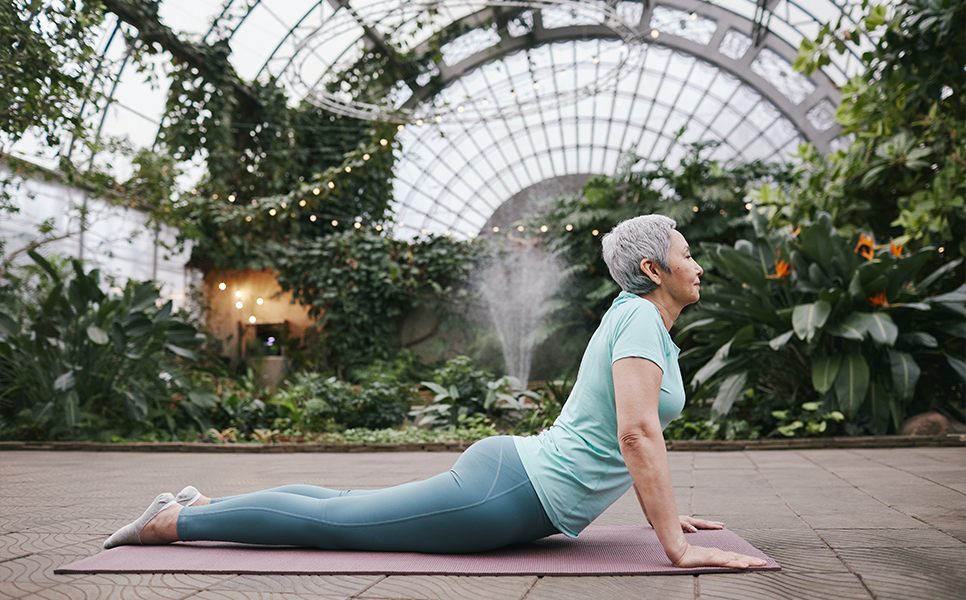Empowered Living: A Holistic Guide to Women's Wellness

Women’s wellness encompasses a broad spectrum of physical, mental and emotional well-being, acknowledging the unique aspects of women’s health throughout different life stages. In this blog, we will explore the various dimensions of women’s wellness, emphasizing the importance of self-care, preventive measures and the need for a holistic approach to health.
1. Physical Health
Physical well-being is a cornerstone of women’s wellness. Regular exercise, a balanced diet and sufficient sleep contribute to overall health. Women should focus on activities that enhance bone health, cardiovascular fitness and flexibility. Additionally, regular health check-ups and screenings are essential for early detection and prevention of diseases such as breast and cervical cancer.
2. Nutrition and Diet
A well-balanced diet is crucial for women’s health at every stage of life. Adequate intake of vitamins, minerals and nutrients supports energy levels, hormonal balance and reproductive health. Paying attention to specific nutritional needs during pregnancy, lactation and menopause is essential for optimal well-being.
3. Mental and Emotional Health
Women’s wellness goes beyond the physical, encompassing mental and emotional aspects. Managing stress, practicing mindfulness and seeking support when needed are vital components of mental health. Addressing issues such as anxiety and depression promptly contributes to overall emotional well-being.
4. Reproductive Health
Reproductive health is a central element of women’s wellness. Regular gynecological check-ups, family planning and access to reproductive healthcare services are crucial. Education about menstrual health, fertility and menopause empowers women to make informed decisions about their reproductive well-being.
5. Hormonal Health
Hormonal balance plays a significant role in women’s wellness. Hormonal fluctuations during the menstrual cycle, pregnancy and menopause can impact physical and emotional health. Understanding these changes and seeking medical guidance when necessary helps manage symptoms and promote overall hormonal health.
6. Preventive Care
Preventive care is key to women’s wellness. Regular screenings, vaccinations, and health check-ups can detect potential issues early, allowing for timely intervention. Mammograms, Pap smears, and bone density tests are examples of preventive measures that contribute to long-term health.
7. Bone Health
Osteoporosis is a common concern for women, especially postmenopausal. Adequate calcium intake, Vitamin D exposure and weight-bearing exercises support bone health. Regular screenings can assess bone density and guide preventive measures to maintain skeletal integrity.
8. Relationships and Social Well-being
Women’s wellness is influenced by the quality of relationships and social connections. Nurturing healthy relationships, fostering a support system and participating in social activities contribute to emotional resilience and a sense of community.
9. Self-Care Practices
Incorporating self-care practices into daily life is essential for women’s wellness. This includes setting aside time for relaxation, hobbies and activities that bring joy. Prioritizing self-care not only benefits individual well-being but also positively impacts relationships and overall quality of life.
10. Empowerment and Advocacy
Empowering women to take control of their health is a key aspect of overall wellness. Advocating for women’s health rights, including access to reproductive healthcare, equal treatment and research opportunities, contributes to a more inclusive and supportive healthcare landscape.
Conclusion
Women’s wellness is a multifaceted concept that requires a holistic and proactive approach. By prioritizing physical, mental and emotional health, embracing preventive measures and advocating for comprehensive healthcare, women can navigate the various stages of life with resilience and vitality. Empowering women to prioritize their well-being not only benefits individuals but also contributes to a healthier and more equitable society.










